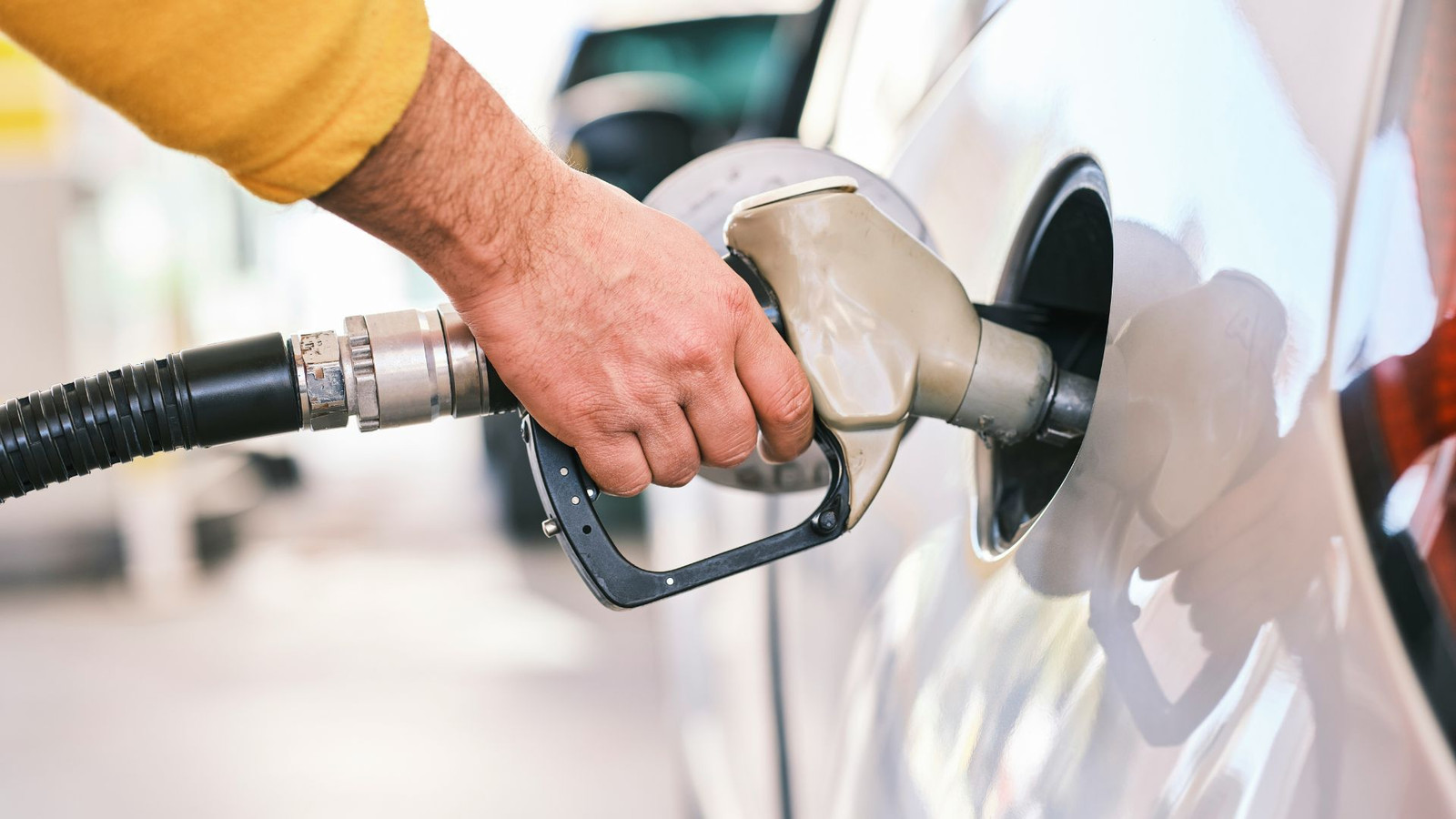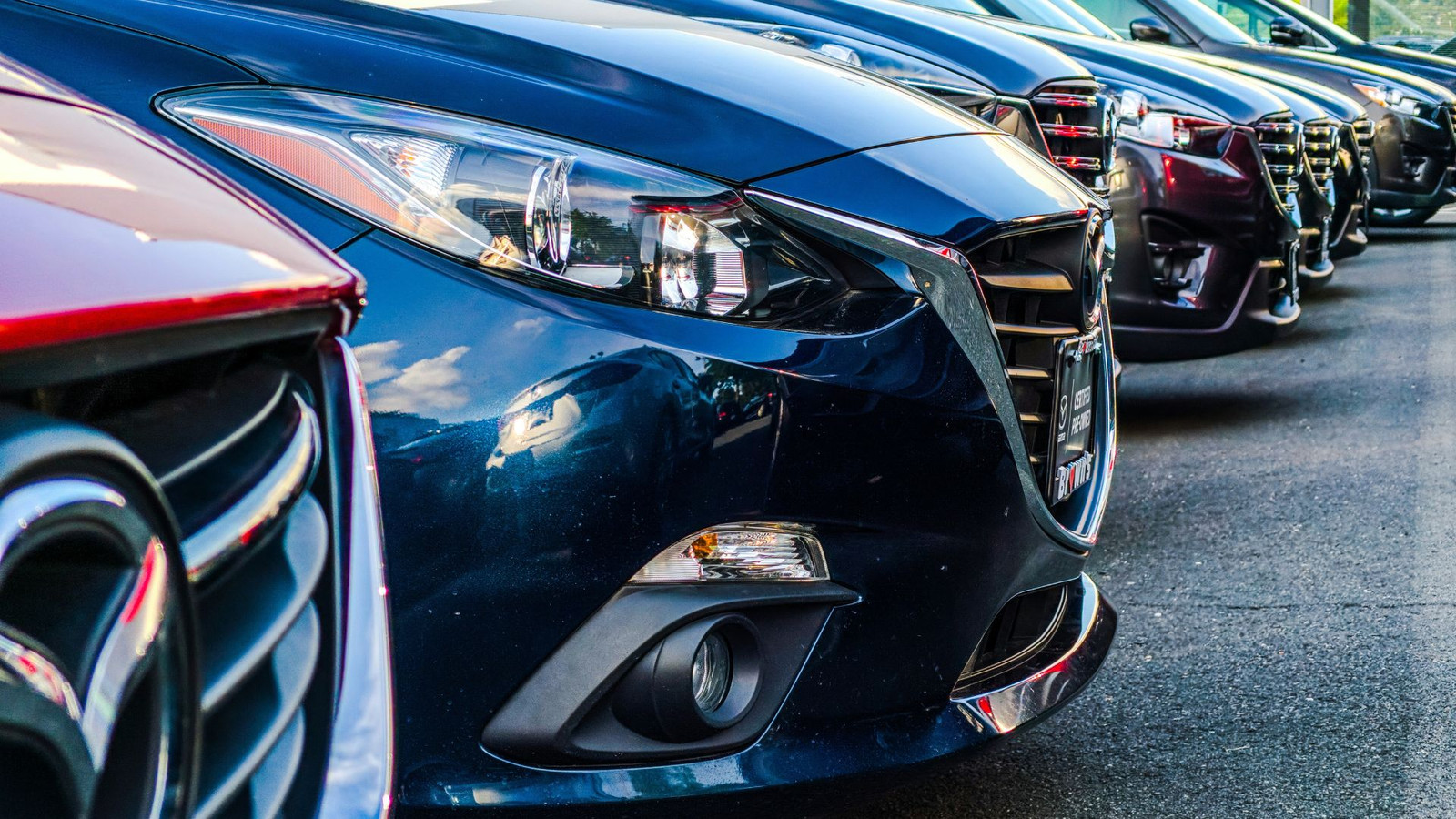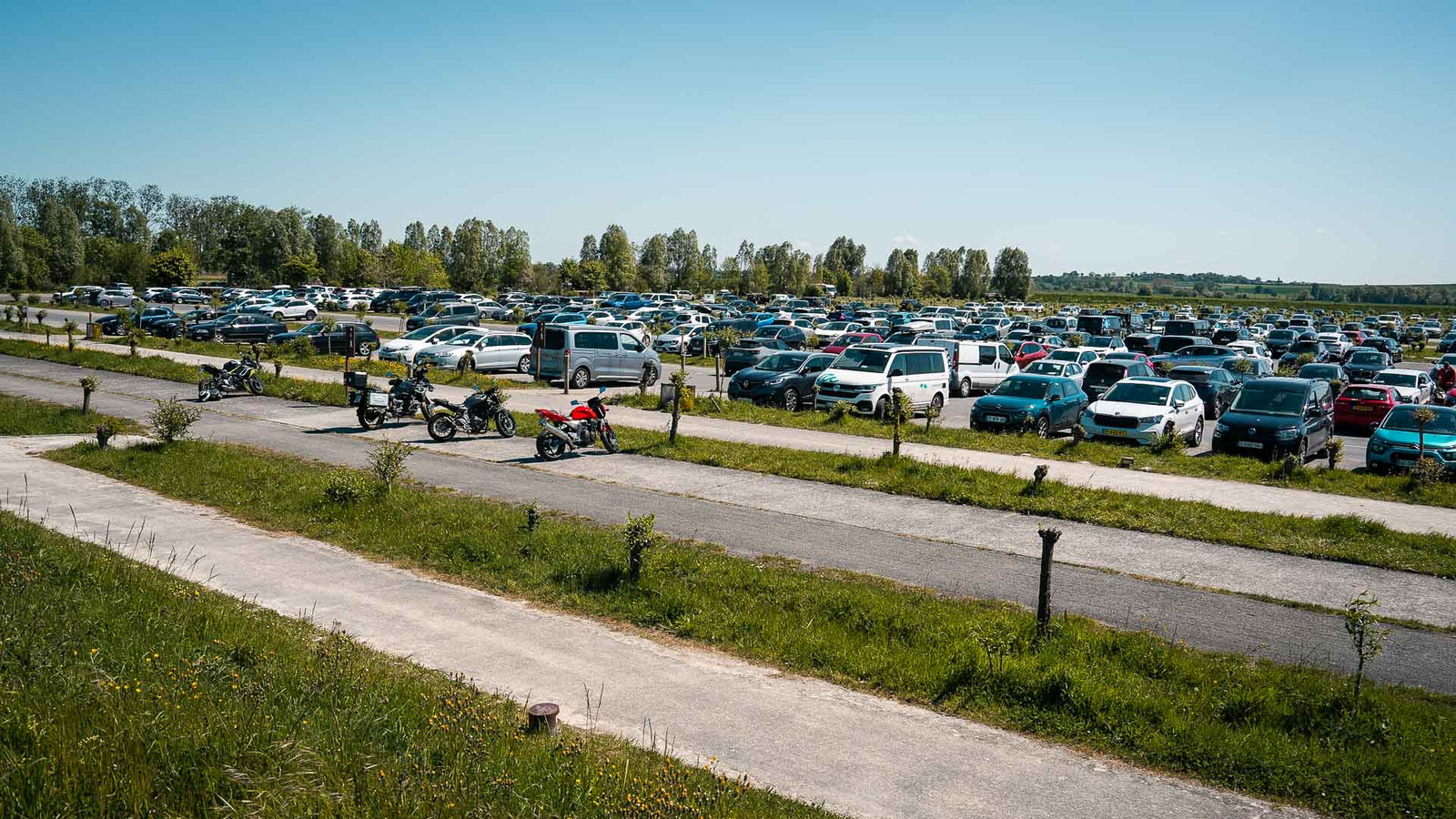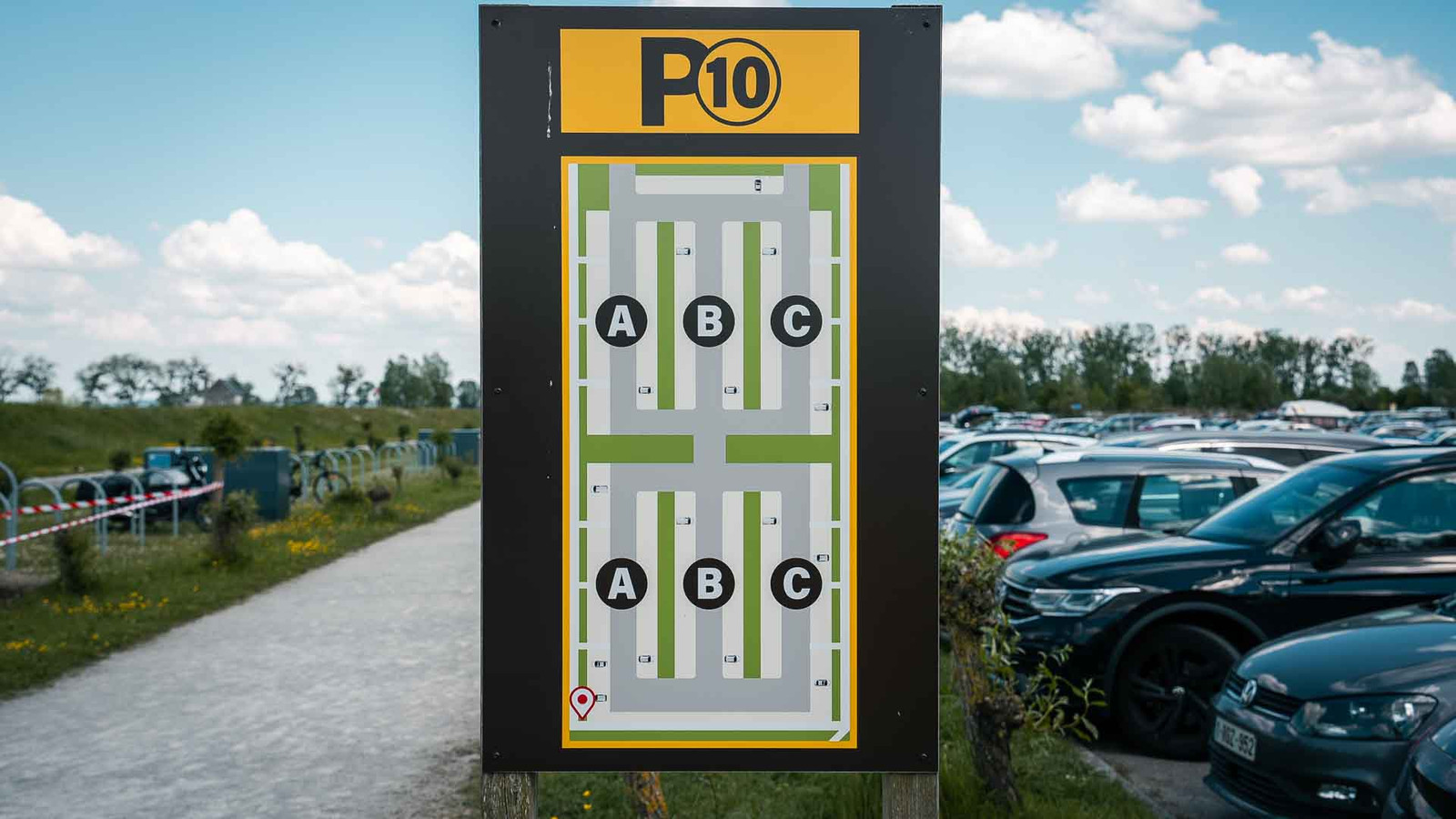Planning a road trip from Paris to Mont Saint-Michel? This scenic drive takes you from the heart of the capital to one of France’s most iconic landmarks.
Whether it’s your first visit or a return trip, this guide shares practical tips on the best routes, driving times, tolls, rest stops, and parking options; everything you need to make the journey smooth, stress-free, and unforgettable.
Table of Contents
Picking Your Route: Direct vs. Scenic
There are two main ways to get from Paris to Mont Saint Michel by car. The most efficient route uses the A13 to Caen, then the A84 south toward Avranches. That’s the straight shot. You’ll pass just west of Versailles and keep moving on major highways until you’re close to the coast. It’s the route most people take, and it’s what you want if you’re trying to get there without extra stops.
But if you’ve got more time and don’t mind adding an hour or two, detouring through Rouen, Bayeux, or even Honfleur makes for a much more interesting drive. Rouen gives you that old-world Normandy architecture and crooked medieval streets. Bayeux has the tapestry and WWII history. Honfleur is photogenic and walkable, if a little touristy. Even Deauville or Étretat can make for quick coastal stops if you’re not in a rush.
Just know that the more you zigzag toward the sea, the more time you add. But that’s part of the appeal, this isn’t a road to race through. It’s a region worth seeing.
Distance and Time: What to Actually Expect
Technically, you’re looking at around 360 km. On the direct route, you’ll spend roughly:
- Paris to Caen (via A13): ~235 km, around 2.5 hours
- Caen to Avranches (via A84): ~100 km, just under an hour
- Avranches to the Mont: Final 25 km, around 30 minutes
That’s the clean, toll-heavy version. If you’re driving in summer, add at least 30–60 minutes for traffic, more if you’re not an early riser or you hit any bottlenecks near Paris or approaching the Mont. Weekends in July and August can be brutal.
If you’re planning stops, meals, or sightseeing along the way, factor in a full day. Leaving Paris around 7:00 or 8:00 a.m. gets you to the Mont by lunchtime, even with a detour or two.
Tolls, Fuel Stops, and Road Stuff People Forget

The A13 is a toll road. You’ll hit at least a couple booths between Paris and Caen. Budget €15–€20 total, depending on exactly where you enter and exit. You can pay with euros or a credit card — toll booths accept both. Some car rental companies offer electronic toll badges, which can speed things up a bit but usually come with a small extra fee.
The A84 from Caen to Avranches is toll-free. That’s the good news. The rest of the news: gas in France isn’t cheap, and the last leg of the trip has fewer fuel options. Top off before you leave Caen or earlier if possible.
Rest stops along the major highways are solid — many have clean bathrooms, cafés, fuel stations, and picnic spots. They’re not glamorous, but they’re convenient. Don’t count on frequent options once you’re off the highway near Avranches.
When to Drive: Best Times and Seasons
Summer is high season for Mont Saint Michel, especially July and August. That means more traffic, crowded parking lots, and packed shuttle buses. If you’re driving then, aim to leave Paris as early as possible, ideally before 7:00 a.m., to beat both the city traffic and the biggest crowds at the Mont.
April to early June and September to mid-October are great shoulder seasons: fewer people, decent weather, and less stress. Winter (November to March) is quiet, but comes with short daylight hours, chilly wind off the bay, and fewer open shops or cafés near the Mont.
Whatever the season, weather can shift fast out near the coast. Rain, fog, or winds show up with little notice. Check the forecast the night before and pack accordingly.
Worthwhile Stopovers Along the Way
If you’re not in a rush, there are lots of options to break up the drive. A few ideas:
- Versailles: Right near the start if you haven’t been already. Easy detour.
- Rouen: Walkable old town, a giant cathedral, and Joan of Arc history.
- Honfleur: Small but beautiful harbor town with good seafood and galleries.
- Bayeux: Famous for its tapestry, but the medieval streets are just as charming.
- Caen: More modern but packed with WWII history.
- Étretat: Famous cliffs and coastal views if you want to get dramatic.
Even stopping in small Normandy villages for a boulangerie run can be a highlight. Pull off, stretch your legs, grab a fresh croissant, and keep moving.
Renting a Car in Paris: What You Need to Know

Book in advance, especially if you want a smaller automatic. Manual transmission is still the default in France, and automatics cost more and run out quickly in peak season.
You’ll need a driver’s license (an International Driving Permit may be required if you’re from outside the EU), a credit card, and to be at least 21 years old, some companies have a surcharge for drivers under 25.
A compact car is easiest. Mont Saint Michel has huge parking areas, but the smaller your vehicle, the less hassle you’ll have fitting into tight spots elsewhere (especially in old town centers).
Check if your rental includes a GPS or bring your own device/app. Google Maps and Waze both work well, but bring a phone charger and consider downloading offline maps, rural service isn’t always great.
Driving in France: A Quick Primer
- Drive on the right side of the road.
- Speed limits: 130 km/h on highways (drops to 110 in rain), 80–90 km/h on rural roads, and 50 km/h in towns unless marked otherwise.
- Roundabouts are common. Yield to traffic already inside.
- Seat belts required for everyone.
- Phone use while driving (handheld) is illegal and heavily fined.
- Alcohol limit is lower than in many countries: 0.05%. That’s one glass of wine — maybe. Don’t risk it.
- Carry these in the car: reflective vest, warning triangle, and spare bulbs. These are required by law in France. Most rental cars include them, but double-check before you drive off.
Parking and Access at Mont Saint Michel

You can’t drive directly to the island itself. Mont Saint Michel has a restricted access zone, no private vehicles allowed past the mainland.
All visitors must park in one of the official lots located 2.5 to 2.7 km away, near Beauvoir. The lots are open 24/7 and are divided by vehicle type: cars, camper vans, motorcycles, and buses. You’ll get a ticket when you enter and pay before exiting.
Parking includes access to the free shuttle service that takes you closer to the Mont. These shuttles, called “Le Passeur,” run every few minutes and drop passengers about 400 meters from the island entrance. The ride takes 10–12 minutes.
You can also walk from the parking area, there’s a dedicated pedestrian path across the modern bridge. The walk takes about 40–50 minutes and gives you sweeping views the whole way.

Parking Tip:
During the high season (July and August), the lots fill up fast by late morning. Arriving early means easier parking, a more peaceful walk or shuttle ride, and cooler temps.
Parking is free from 6:30 p.m. to 3:00 a.m. from September through June, good to know if you’re planning a sunset visit.
Travel Tips for the Road
- Start early to beat traffic and crowds.
- Print/download offline maps. Cell service gets patchy near the coast.
- Bring snacks and water. Food is available, but options on the road aren’t always great.
- Check tide times. High tides can limit where you walk around the Mont’s base — and they change daily.
- Layer up. Even in summer, it gets windy. And if you’re walking from the parking area, you’ll feel it.
- Use rest stops wisely. Some of the best are just before Caen or on the A84.
- Top off fuel early. Fewer gas stations on the final stretch.